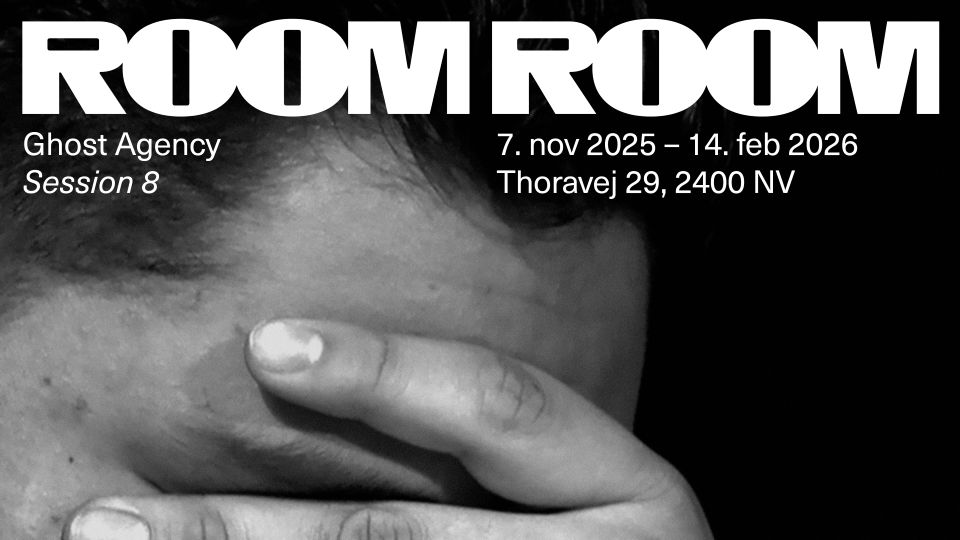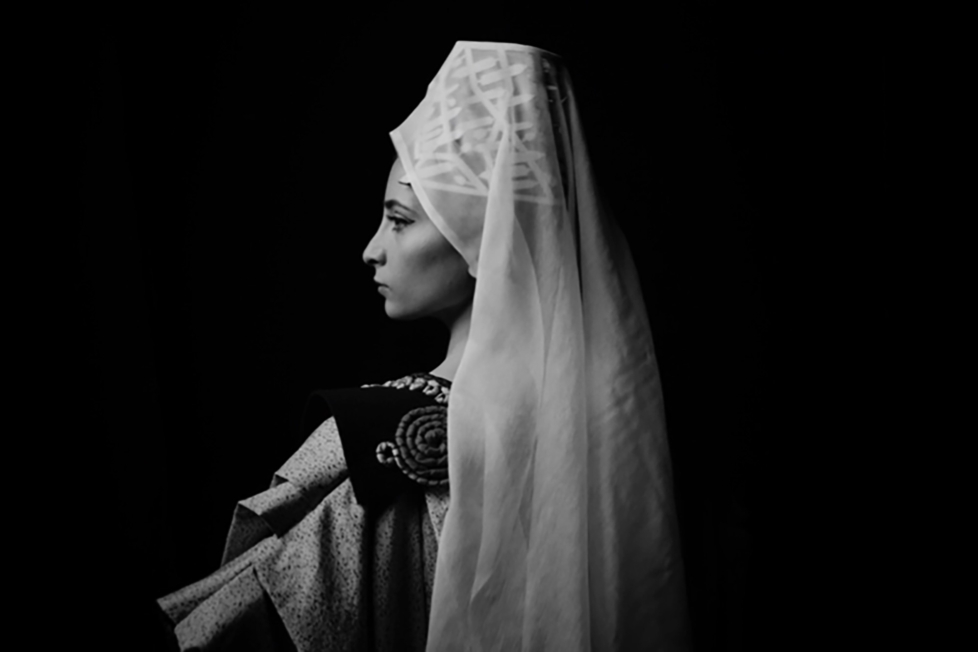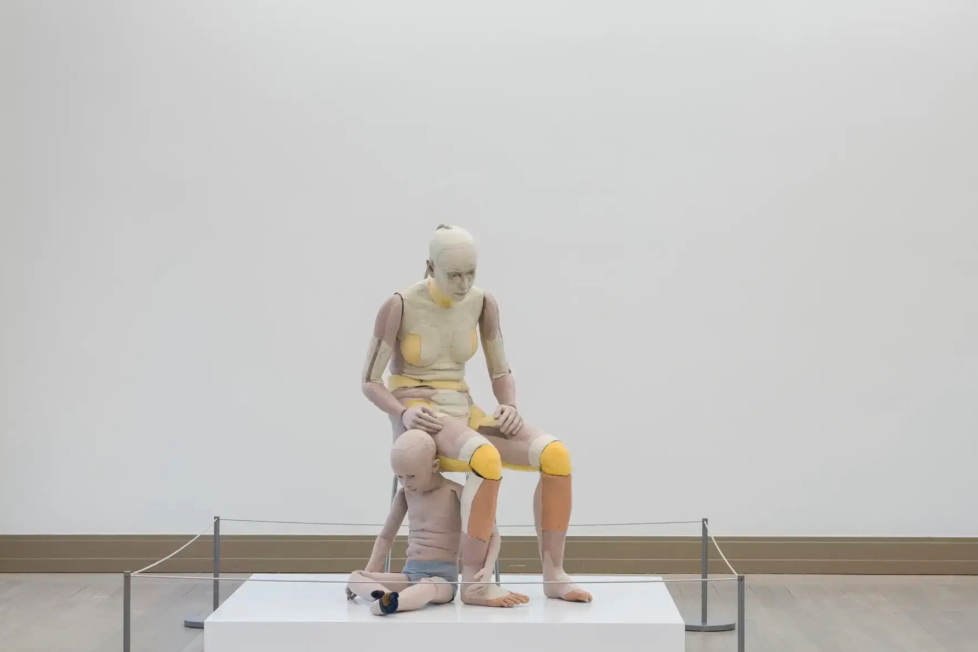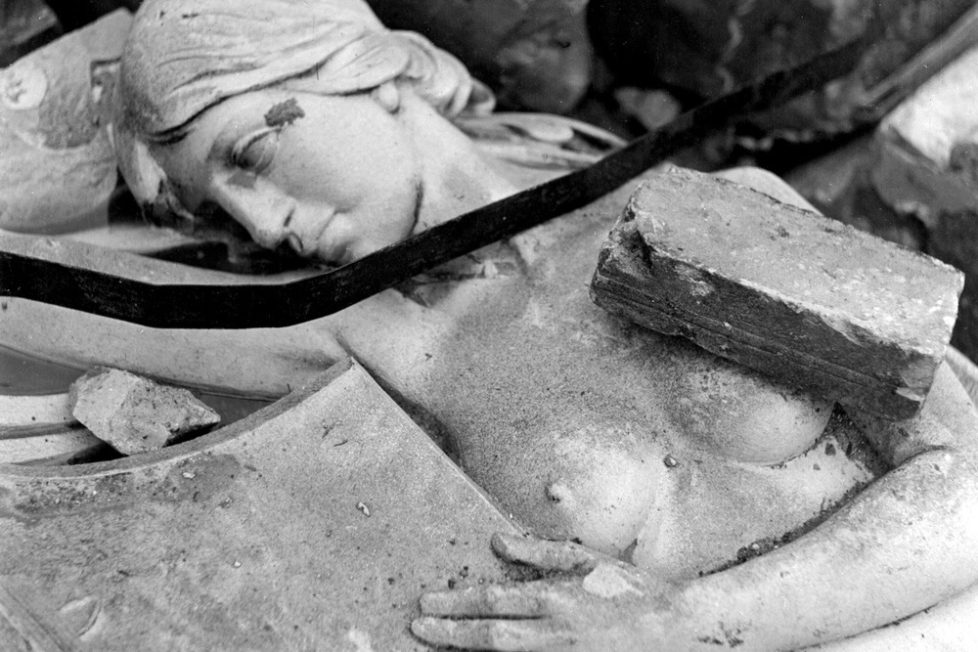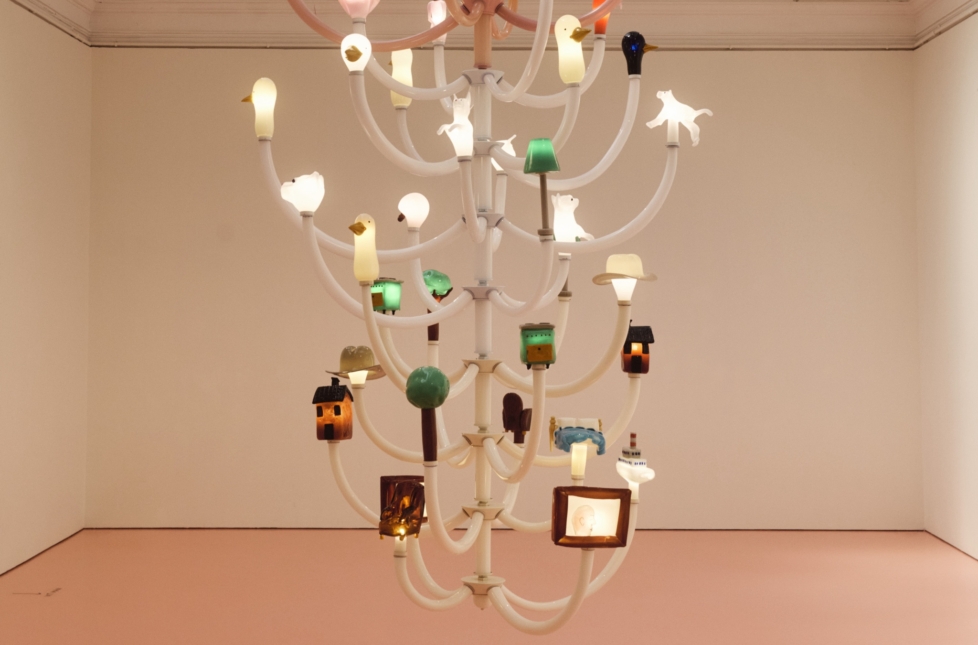
The first work I saw by Constance Tenvik was a performance that took place in the woods in Baneheia park in Kristiansand. The artist stood on a tuft with a teapot on her head, (fittingly) howling a poem by the Norwegian poet Tor Ulven through the spout. At an event mainly populated by solemn young literati, I found the harangue a strong choice by the young artist.
Some dislike playful treatment of the canon. This fact does not seem to bother Tenvik, who, since I saw her Ulven-howl, has bitten into works like Richard Wagner’s Tristan and Isolde (1859), Sir Walter Scott’s Ivanhoe (1819), and currently, The Birds by the ancient Greek playwright Aristophanes, in her solo exhibition Tio-tio-tinx at Munch Museum in Oslo. An undaunted and farcical treatment of literature’s great classics appears to be both motivation and method in Tenvik’s flamboyant, colourful installations.
In previous works, the artist showed a penchant for intense pastel palettes. I’ve often thought of candy shops, with their synthetic turquoise, yellow, and baby pink treats glimmering with sugar granules; or the appetising window displays in high-end clothing stores. There’s something innocuous about this choice of colour, which, with the exception of Tenvik’s swift figure drawings, tends to flatten depth and contrast. Tenvik has favoured exhibition design that hints at environments that are already a theatrical matrix. For example, the theatre itself, the window display, or the boudoir. In Tio-tio-tinx, the scale of the works is adapted to fill the volume of the Munch Museum’s tenth floor. The scenography reminded me of a church – not exactly an undramatic space.
Although the exhibition’s premise has nothing to do with Christianity, The Birds is a comedy about the quarrels between humans and gods, and humanity’s place vis-à-vis higher powers. In Aristophanes’s play, two men have had enough of life in society. They manipulate the birds to stop flittering about like idiots, and build a state in the skies. Chaos ensues, of course. Less so in Tenvik’s exhibition. Her installation is organised in groups of sculptures, textiles, and a video, in a three-dimensional narrative.
Viewers walk into a darkened room lit only by strategically placed spotlights. A large projection towards the back of the space is flanked by monumental digital jacquard tapestries suspended from the ceiling in two rows, so that the walk towards the video work feels like a procession towards an altar. The tapestries show figures on both sides, depicting bodies and objects hinting at Greek antiquity, in Tenvik’s characteristic undulating style. The colour choices are deeper and more saturated than what I’ve seen by the artist previously, further contributing to my associations to liturgy or even heraldry – the latter of which Tenvik also worked with in the 2017 exhibition Myk Harnisk (Soft Armour) at Young Artists’ Society in Oslo.

Painted steel and aluminium sculptures represent humans and birds. Two stylised human figures remind me of a wonky lamp screen (Mr Convincing [Pisthetaerus], all works 2024) and a crooked coat stand (Mr Hopeful [Euelpides]) respectively, while a rack of wings (The Wing Stand) and a Tim Burton-esque gate adorned with bird’s claws (The Olympian Gate) presumably represent the bird people in the Greek comedy. The onomatopoetic title Tio-tio-tinx refers to the way in which Aristophanes phoneticised the sound of swans in The Birds (in Ian Johnston’s English translation). In an exhibition inspired by a piece of classical literature, the displacement of human language in favour of swan language serves to deflate any grandiloquence we might fear given not only the loftiness of the premise, but also the exhibition’s – playful – pomposity.
The video work shows twelve Olympian gods played by attractive costumed people in a charming choreography that evokes Tenvik’s favoured drawing- and painting style. The dance performance was apparently shot in Munch’s winter studio at Ekely in Oslo, without artistic kinship between Tenvik and Munch being explicitly forced. Draperies make up the scenography, and the performers are dressed in contemporary toga-like clothes and makeup. Tenvik has worked with movement and excess in choreographed groups of people in previous videos, too. In Myk Harnisk, there was an excessive feast attended by petulant and greedy adults. The joyous carnivalesque aesthetics from earlier works is somewhat toned down in Tio-tio-tinx. The same is true for the abject aspects, like playing with- and wasting food, or adults behaving like children. Still, there is something orgiastic about the movements of the twelve performers. Ditto in the tapestry Bird Mania, where human figures embrace, dance, and writhe about.
One aspect of Tenvik’s exhibitions I’ve been pondering is how they, despite their flirtation with hedonistic excess, do not display sex, intoxication, or violence. Rather, they have a childlike innocence about them, as if the participants are drinking soda, not wine; as if they’re playing and joking, not fornicating or fighting. Something about this substitution of life’s stinky and painful realities for charades and games makes me think of adverts for “feminine hygiene products,” where offensive body fluids are replaced with surgical viscous jelly. Personally, I was not present in Athens in 414 BC., but from what I gather, the city state’s orgies, symposiums, and seminars were not PG-13. It’d be interesting to see what Tenvik, with her burlesque sense of humour and seeming freedom from self-censorship, would do with Aristophanes’s satirical comedy if she let the violent context the play was written in – military invasion and imperialism – be shown as just that: dark and savage.

Translated from Norwegian by Nora Joung.



